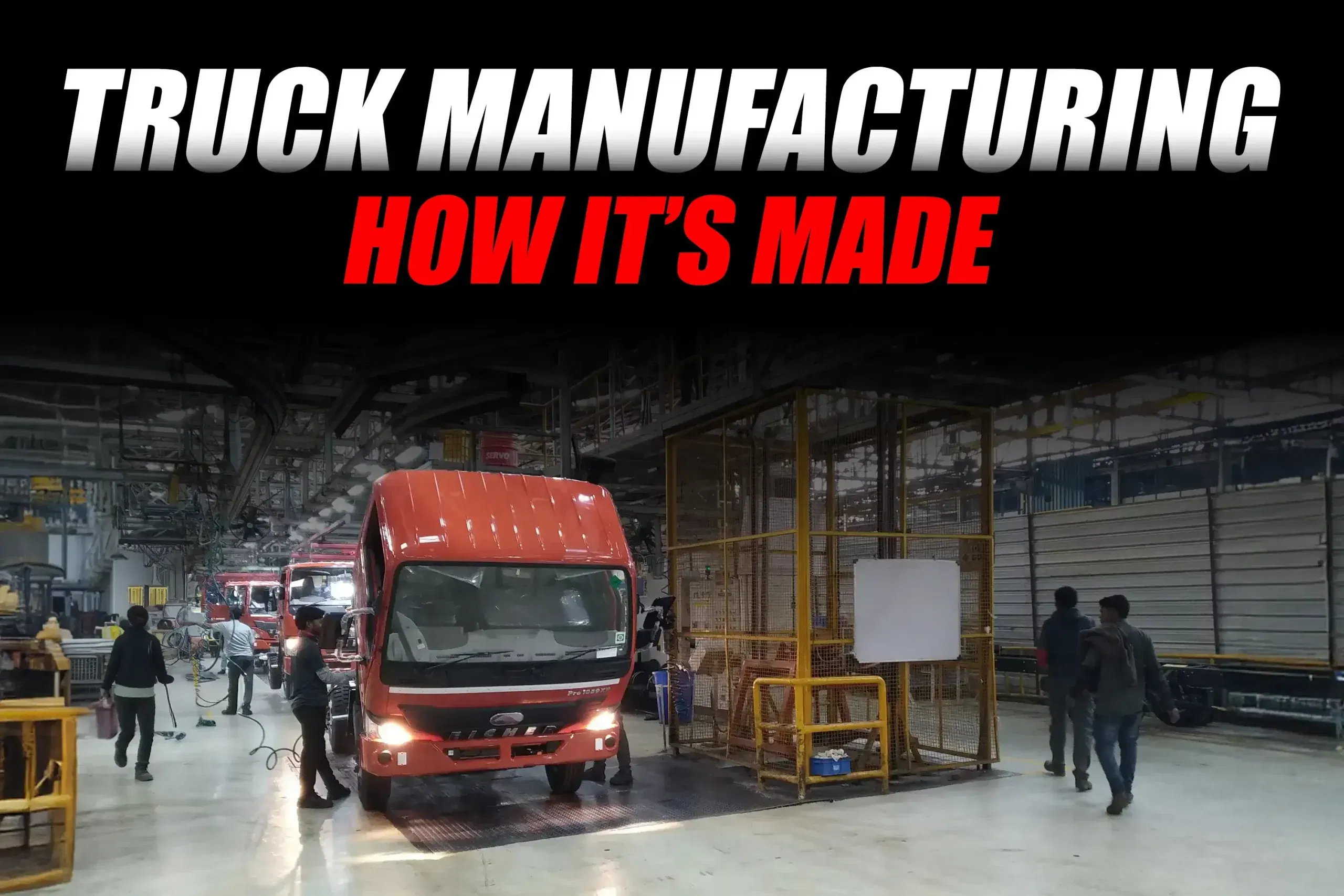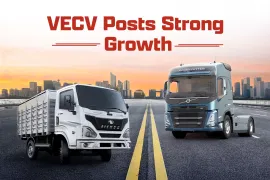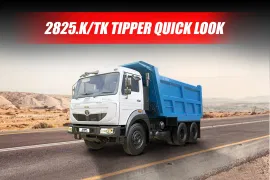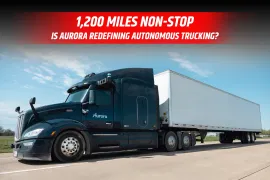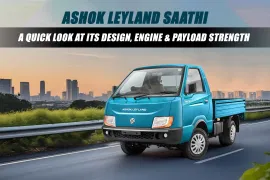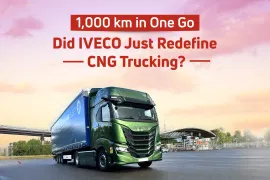Introduction
Production of trucks in India is a systematic and well-coordinated process. Inside big factories, different teams and equipment are coordinated together to manufacture these heavy vehicles in support of the nation's transportation and logistics requirements. These factories cover everything- ranging from raw material shaping to testing fully constructed trucks, while keeping costs reasonable and industry standards in check.
1. Chassis Design and Structural Planning
The procedure starts with the development of the chassis. The engineers determine the frame's size, load-carrying capacity and configuration in accordance with the truck's usage- whether cargo hauling, construction or long-distance use.
Design groups usually apply computer aided design (CAD) systems to maintain consistency and safety requirements. Most of the time, choices at this point determine performance, fuel efficiency and durability over the long run.
2. Fabrication and Frame Assembly
After the design is completed, the chassis is made from steel sections imported from suppliers. The parts are cut, bent and welded into form by automated machines with manual supervision.
Each step relies upon the accuracy of the previous one. Inaccuracy in early welding, for example, can cause problems during drivetrain installation. Maintaining close coordination among the machines and operators is extremely essential to prevent delays and rework.
3. Powertrain and Driveshaft Assembly
Once the chassis is in place, powertrain units such as the engine, gearbox and axles are fitted. These are either produced internally or from specialized engine manufacturers.
Mounting the engine and integrating it with the transmission system require both precision and checks for safety. Every component must be in sync and undergo testing to satisfy regulations, especially with regards to emissions and fuel consumption.
4. Installation of Cabin and Electrical Systems
The cabin assembly, either manufactured on-site or delivered as a sub-assembly, is installed over the chassis. Interiors, wiring harnesses and electronic control units (ECU) are installed by technicians during this stage.
Special care is taken for ergonomics, electrical safety and diagnostic tool compatibility. With the growing application of telematics and advanced driver assistance systems, incorporating these technologies at an early stage of development is increasingly becoming the norm.
5. Surface Treatment and Painting
After assembly, the truck proceeds to the painting area. The surface protection coatings are applied there to protect against corrosion before the color coating. This process is strictly controlled, particularly in terms of environmental control. Most Indian truck assembly plants utilize water-based paints and energy-conserving curing systems to minimize emissions.
6. Road Testing and Final Inspection
Before delivery, each truck undergoes functional testing. This includes brake checks, suspension tests, headlamp alignment and emissions verification. Trucks may also be driven on internal test tracks to simulate real-world road conditions.
Any faults are flagged immediately and sent for correction. Only once a vehicle passes all inspection points is it cleared for dispatch.
7. Automation and Process Efficiency
Though not completely automated, Indian truck manufacturing plants more and more depend on digital instruments in monitoring and quality checking. Repetitive or high-precision work is automated through robotics, but human teams are employed to oversee supervision and adjustments of the whole process.
The combination of automation and skilled manpower ensures consistency, particularly when production needs to be scaled up to cater to both domestic and export markets.
8. Sustainability and Industry Trends
Regulations on the environment and market requirements are prompting producers to invest in cleaner processes. Solar power integration, water recycling systems, and waste reduction techniques have become a part of normal operations in newer plants.
A gradual move toward the production of electric commercial vehicles is also coming about with a change in layout, tooling and training.
Conclusion
Truck production in India is a series of sequential steps ranging from engineering and assembly to inspection and delivery. Each stage is built on the previous one, necessitating close coordination between systems and groups.
Indian manufacturers keep improving their processes as the industry develops to meet increasingly higher standards of efficiency as well as compensate for new vehicle technologies.
91Trucks is the place to go for all things commercial vehicles. If you need a new or used truck for your business, check it out. We have everything you need, from detailed reviews and exact specs to the best deals that fit your business needs. Stay up to date on the latest news, analysis, and stories from the business.
Follow us on Facebook, Instagram, and LinkedIn, and subscribe to our YouTube channel to get the latest news and videos from experts!
Read More
Web Stories
Latest Trucks News
Categories
91trucks is a rapidly growing digital platform that offers the latest updates and comprehensive information about the commercial vehicle industry.
